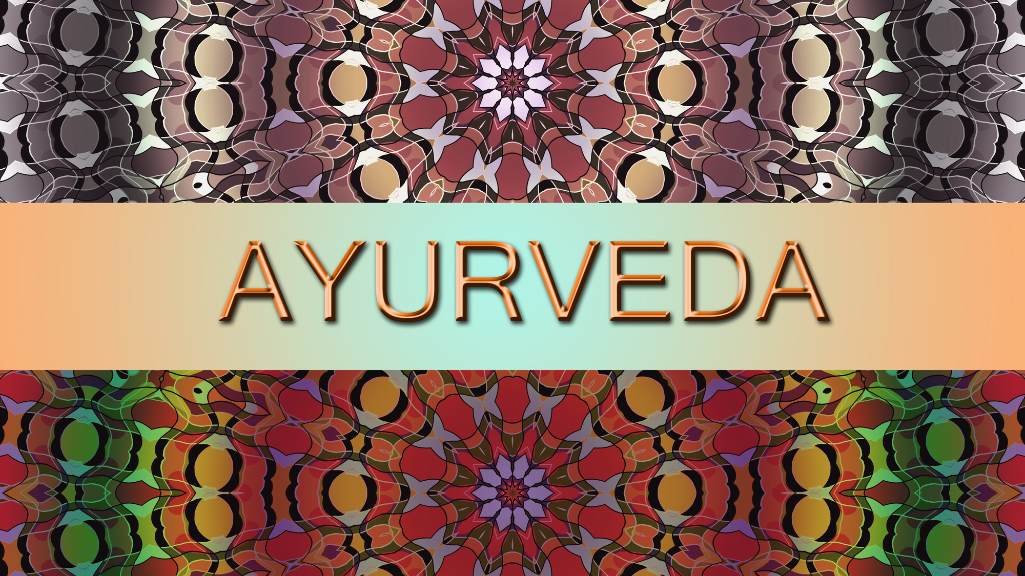Ayurveda: Personalized Healing through the Science of Life
Poonam Junjunwala
. 3 min read
Ayurveda is an ancient medicine system of the Indian subcontinent. It is said to have originated in India about 5000 years back. The word Ayurveda is a conjugation of two Sanskrit words ‘ayus’, meaning 'life' and ‘Veda’, meaning 'science', thus Ayurveda literally means the 'science of life'. Unlike other medicinal systems, Ayurveda focuses more on healthy living than treatment of diseases. Through the use of modern tools, such as video chat, individuals can consult with Ayurvedic practitioners and experts remotely, receiving personalized guidance on lifestyle choices, diet, and holistic well-being.

Basic Fundamentals of Ayurvedic Treatment
According to Ayurveda, the human body is composed of four basics-the dosha, dhatu, mala and agni. There is immense significance of all these basics of the body in Ayurveda. These are also called the ‘Mool Siddhant’ or the ‘basic fundamentals of Ayurvedic treatment’.
1. Dosha
This paper explores brain patterns associated with the three categories of regulatory principles of the body, mind, and behavior in Ayurveda, called Vata, Pitta, and Kapha dosha. A growing body of research has reported patterns of blood chemistry, genetic expression, physiological states, and chronic diseases associated with each dosha type. Since metabolic and growth factors are controlled by the nervous system, each dosha type should be associated with patterns of functioning of six major areas of the nervous system:
2. Dhatu
In common terms, the seven types of Dhatus are plasma, blood, muscle, fat, bone, bone marrow and reproductive fluid. In Ayurveda, they are called Sapta Dhatus - Rasa, Rakta, Mamsa, Meda, Asthi, Majja and Sukhra respectively.
a. Rasa Dhatu's dominant element is Jala (Water).
b. Rakta Dhatu has Agni (Fire) as its primary element.
c. Mamsa is the tissue that covers all organs.
d. Asthi gives the body its stability.
e. In Ayurveda, Majja is associated with the nervous system.
3. Mala
The word ‘Mala’ literally means dust, dirt, filth, secretion or impurity.[1]In Ayurveda, the term is applied to the biological products formed after digestion and metabolism. These metabolic waste products are collected at respective sites and excreted from body openings. If accumulated beyond normal physiological limits, they can vitiate the body constituents. This article describes general aspects about mala in Ayurveda.
4. Agni
The Ayurvedic concept of fire, or agni, is critically important to our overall health. Agni is the force of intelligence within each cell, each tissue, and every system within the body. Ultimately, it is the discernment of agni that determines which substances enter our cells and tissues, and which substances should be removed as waste. In this way, agni is the gatekeeper of life.
List of Examples of Ayurvedic Treatments
1. Abhyanga Massage
Abhyanga is a traditional full-body massage performed by oneself using medicated oil. The oil is slightly heated before applying to the entire body, from head to toe, followed by gentle strokes to release stress, improve circulation and relieve inflammation. The oil is infused with specific herbs, and the ingredients may vary depending on the target ailment.
2. Kati Vasti Treatment
Traditional treatment for back pain and inflammation in the lumbosacral region, Kati Vasti, is performed by retaining warm medicated oil over the lower back for a specific duration. Think of it as a small frame or a well made of gram dough to keep the oil—the heated oil puddles over the target region to provide external stimulation for a soothing effect.
3. Elakizhi Treatment
Elakizhi Ayurveda treatment is one of the best Ayurvedic therapies that help people with back pain, joint pain, stiffness in the muscles, and muscle spasms. Getting this Ayurvedic Potli massage is very beneficial and can provide great relief for chronic sufferers. This massage is one of the recommended Ayurvedic treatments for lower back pain, sciatica, and other conditions.
4. Njavarakizhi Treatment
Njavarakizhi or shashtikashali pinda swedam is a type of massage inducing sweat and reliving stress. As the name suggests, Njavara in Malayalam stands for rice, which is also shashtikashali in Sanskrit. The rice used to grow in 60 days and is used for this treatment. It has medicinal values for which it is used for this specific type of treatment. The other part Kizhi, stand for bolus, which is called pinda in Sanskrit. The treatment is a sweat inducing treatment which uses various process for making this massage a beneficial one.
5. Panchakarma Treatment
Panchakarma works best with the utilization of medicated oils that helps in eliminating the impurities from the human body. Panchakarma is the true manifestation of the Ayurvedic values and it lives up to its reputation.
a. Completely purifies the body.
b. Riddance of toxins.
c. Speeding up the metabolism.
d. Enhancing the strength of digestive fire.
An Ayurvedic practitioner will create a treatment plan specifically designed for you. They’ll take into account your unique physical and emotional makeup, your primary life force, and the balance between all three of these elements.
Conclusion
In conclusion, Ayurveda is an ancient medical system that originated in India 5000 years ago, focusing on healthy living and personalizing the healing process. It recognizes four basic fundamentals of the body, including dosha, dhatu, mala, and agni. Ayurvedic treatments include various massages, such as Abhyanga, Kati Vasti, Elakizhi, and Njavarakizhi, along with Panchakarma, which uses medicated oils to eliminate impurities from the body. Overall, Ayurveda offers a holistic approach to healthcare, emphasizing the interconnectedness of the body, mind, and spirit.
.jpg)
.jpg)